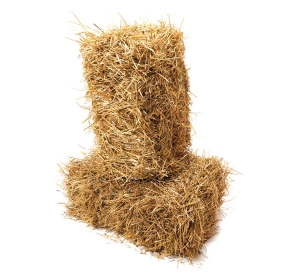Technical Support
How to Make Quality Hay: Understand How it Dries

The cattle industry may have expected early forages to grow more this year, but Mr Smith reassures producers that maturity is "right on schedule".
"Fescue and cereal rye can also be found coming into head," he told producers last week. "Regardless how tall a forage may be, maturity dictates it's time to make hay."
If we understand and use the biology and physics of forage drying properly, not only does the hay dry faster and have less chance of being rained on, but the total digestible nutrients (TDN) of the harvested forage are higher, says U Forage Agronomist Dan Undersander Specifically, Undersander.
Mr Undersander offers 3 key recommendations:
Put cut forage into a wide swath at cutting that covers at least 70 per cent of the cut area.
For haylage: If drying conditions are good, rake multiple swaths into a windrow just before chopping (usually 5 to 7 hours later).
For hay: If drying conditions are good, merge/rake multiple swaths into a windrow the next morning after mowing (when forage is 40 to 60 per cent moisture) to avoid leaf loss.
For more detail on getting hay harvested efficiently, see Undersander's Focus on Forage fact sheet entitled, Field Drying Forage for Hay and Haylage. For additional detail, you may also want to review the University of Wisconsin publication, "Best Practices to Hasten Field Drying of Grasses and Alfalfa" which Undersander also contributed to.
Considering the many challenges for quality hay production in Ohio, I've heard lots of discussion regarding alternatives for harvesting and storing forages.
A few years ago during the Buckeye Shepherds Symposium, Dr. Bill Weiss of the OSU Animal Science Department gave a presentation on making and storing forages for ruminants. The session was recorded and is available on-line.
It covers nearly all of the considerations for harvesting and storing forages in order to maintain the highest quality possible. Forages are expensive to grow, expensive to harvest, and become even more expensive if not stored and fed properly.
Source: Dairy Site
User Comments
Other article





















